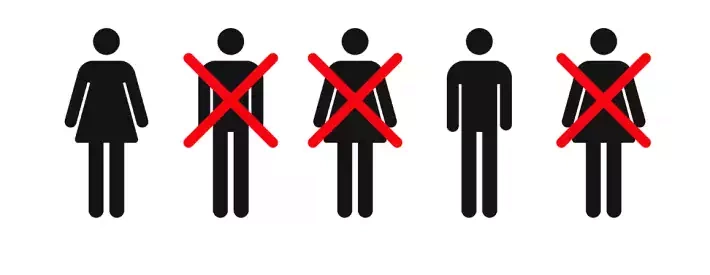Legal answers: Collective consultation requirements for redundancies

In this article: Businesses are facing difficult times, for many the only course of action may be redundancies, Taylor and Emmet’s head of employment law, Kelly Gibson, explains how to start the process
Some businesses will be working incredibly hard in difficult circumstances to preserve workers’ employment, but the brutal reality for many organisations is that they will have to resort to redundancies in order to keep their business afloat.
If that’s the case there are a number of obligations that an employer has when implementing redundancies. If employers don’t comply with the rules on information and consultation, they may be liable to pay up to 90 days’ gross pay for each dismissed employee.
When does the obligation for collective redundancy consultation apply?
The duty to collectively consult arises where an employer proposes to make 20 or more employees redundant at one establishment within 90 days or less. This also includes circumstances in which the employer proposes making changes to the terms and conditions of employment and, if they aren’t accepted by the employees, it proposes to dismiss them and offer immediate re-engagement on the new terms.
Who should the employer inform and consult?
Affected Employees: The employer must inform and consult the “affected employees” in good time and with an open mind. It’s important to note that affected employees are not just the employees that could be dismissed by reason of redundancy. Affected employees are also employees that will be affected by the proposed measures in connection with the dismissals.
Secretary of State: The employer must inform the Secretary of State by submitting an HR1 form. The amount of notice required by the Secretary of State depends on the number of proposed redundancies.
If it’s between 20 and 99 people then an employer must notify the Secretary of State at least 30 days before the first dismissal takes place. But if it affects more then 100 people then an employer must notify the Secretary of State at least 45 days before the first dismissal takes place.
If the form isn’t completed and sent to the Secretary of state, employers may face unlimited fines as well as criminal liability for a failure to file the form.
Trade Unions: If any of the affected employees are part of a recognised trade union, that trade union must be consulted.
Elected employee representatives: If there are any affected employees that are not part of a recognised trade union, the employer must consult elected employee representatives. These representatives are directly elected by the affected employees for the purposes of redundancy consultation.
Elected employee body: An alternative to electing new employee representatives is to consult an existing body of employee representatives. However, employers need to ensure that the existing elected body has authority from the affected employees to be consulted about redundancies.
What should the process look like?
Where 20 to 99 redundancies are proposed, consultation must begin at least 30 days before the first dismissal takes affects. Where 100 or more redundancies are proposed, the consultation must start at least 45 days before the first dismissal takes place.
The representatives must be provided with written information containing details of the proposed redundancies. These details are listed in Section 188(4) of the Trade Union and Labour Relations (Consolidation) Act 1992. The employers should also share the HR1 form with the representatives.
Employers must remember that consultation should be made with a view to reaching an agreement regarding ways to reduce the number of dismissals and the impact that the dismissals will have on another employees.
Practical points to consider in the current circumstances
- Given current social distancing guidelines, consultations can be conducted via electronic means such as Skype, Zoom or by telephone conference. Employers could consider setting up accounts for one of these technologies and making them available to the employee representatives.
- Employers must ensure that if they are proposing to make furloughed employees redundant that the employees are involved in the process from the start so that they can nominate themselves and/ or vote in the employee elections.
- While employers are likely to be able to rely on one or more legal bases for processing personal data when passing on personal contact details to employee representatives it is advisable as a matter of courtesy to let them know beforehand and/or ask permission.
- According to current government guidance, employee representatives and union representatives can undertake duties for individual and collective consultation despite being furloughed.
- Employers should not forget to individually consult potentially redundant employees in conjunction with their obligations to conduct collective consultation.




